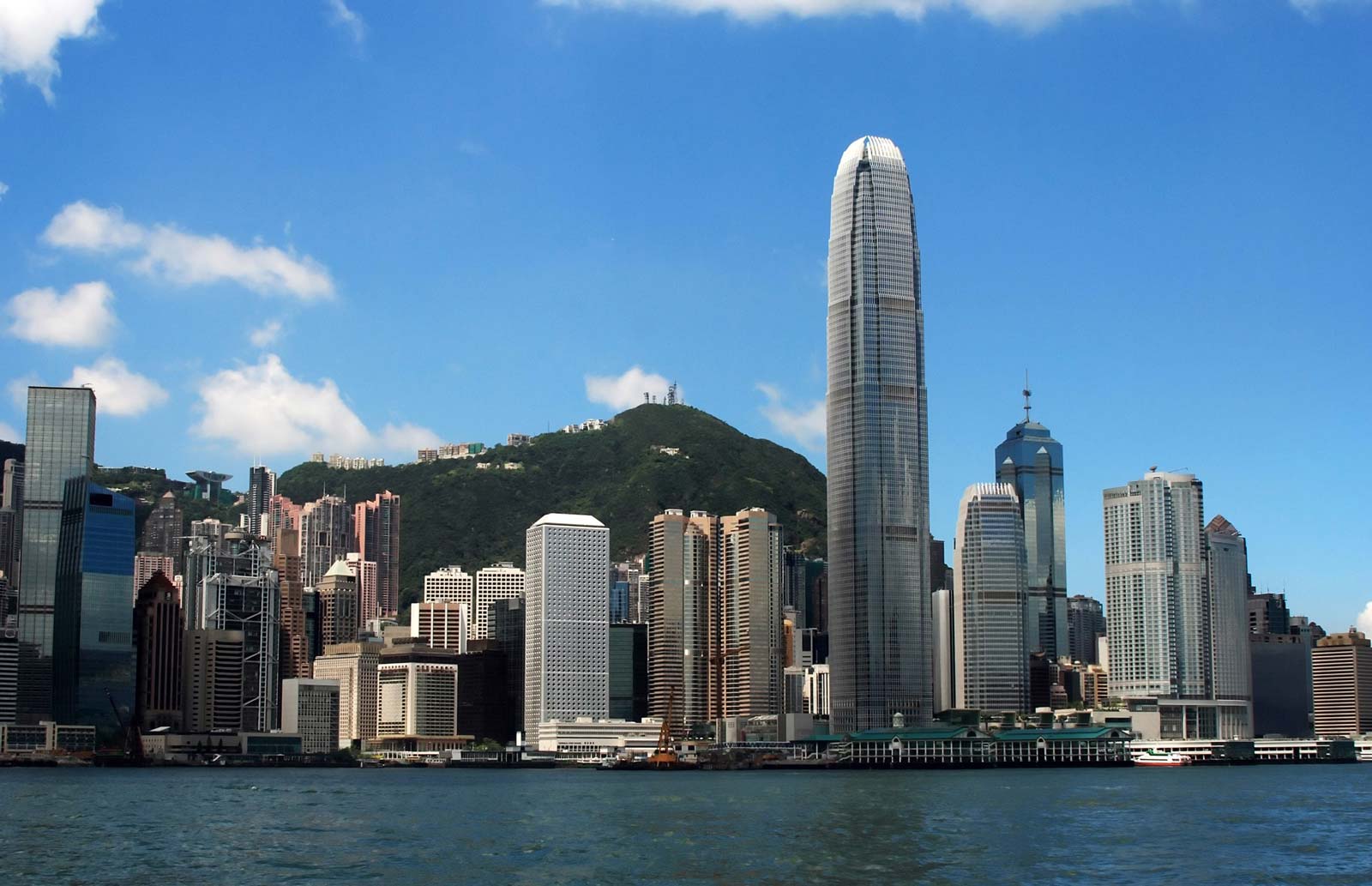There are two principal avenues for winding up a Hong Kong company: compulsory winding-up and voluntary winding-up. The former involves obtaining a court order from the High Court, and the latter does not. This article will focus on the most common type of compulsory winding-up – where a company is unable to pay its debts.
Note that there are other routes to deregistering or striking off a Hong Kong company, which are not discussed here.
A company is deemed unable to pay its debts if it owes a sum of HK$10,000 or more to a creditor, who has served on the company a statutory demand in the prescribed form requiring it to pay the sum due within three (3) weeks of services of the statutory demand.
Overview of the Procedure
Service of a statutory demand is the first step to initiating a winding-up process against a debtor company. The steps involved in a compulsory winding-up process are outlined below:-
- After the expiration of three (3) weeks of service of the statutory demand and if the debt remains unpaid, a winding-up petition is filed with the High Court.
- Between the issuing of winding-up petition and the first hearing of the winding-up petition, there are several procedural deadlines and advertising requirements that a creditor must comply with. It should be noted that the Court may appoint a provisional liquidator at any time between the filing of the petition and the winding-up order if it is necessary to protect the debtor company’s assets.
- Prior to the first hearing of the winding-up petition, the petitioning creditor would have to obtain the Registrar’s Certificate, certifying that all rules and procedural steps have been complied with.
- At the first hearing of the winding-up petition, the Court will examine whether all conditions for winding-up have been met with. If there are no oppositions to the winding-up petition, the Court may make a winding-up order at the first hearing, and the provisional liquidator will be appointed.
- The directors of the company will have to complete and submit a Preliminary Examination of Director, a Statement of Affairs, and the company’s assets, books, and records to the provisional liquidator. Where the total asset value of the company is less than HK$200,000, the provisional liquidator may apply to the Court for a summary winding-up procedure.
- Within 3 months of the winding-up order, the provisional liquidator will meet with the creditors and contributories to appoint a liquidator (and committee of inspection if necessary). In order to vote at the meeting, each creditor must submit a proof of debt prior to the meeting.
- Within 3 months of the creditors and contributories meeting, the nomination of the liquidator will have to be approved by the Court. The Official Receiver may offer the name of the next available insolvent practitioner on the panel roster if no agreement can be reached on the nomination, or where the Official Receiver has doubt about the suitability of the liquidator to be appointed.
- The final step of the winding-up process is the realisation of the company’s assets. The process of realising the assets and paying the creditors may take two (2) to three (3) years. When no more assets could be realised to fulfil the company’s debt, the liquidator will apply to the court for a release. If the liquidator is the Official Receiver, the Official Receiver will file a certificate to the Companies Registry.
- After the process has been completed, the company will be dissolved.
Legal Implications after Winding-up is commenced:
A compulsory winding-up is deemed to commence on the date that the petition is presented for the winding-up of the company. The date of commencement of winding-up due the following legal implications to a company and its directors:-
- Any depositions of the company’s property or change in the status of its members is void unless the Court otherwise orders.
- The date of commencement of winding-up is relevant in relation to whether a transaction amounts to unfair preference and voidable.
- The date of commencement of winding-up is relevant in relation to whether a transaction at an undervalue is voidable.
- The date of commencement of winding-up is relevant in relation to whether any attachment, sequestration, distress or execution against the company’s assets are void or not.
- The date of commencement of winding-up is relevant to the validity of floating charges created by the Company.
Stay tuned for our upcoming articles the roles and responsibilities of stakeholders and participants to the winding up process in Hong Kong.
Contact us today if you require professional legal advice in relation to winding-up proceedings.







